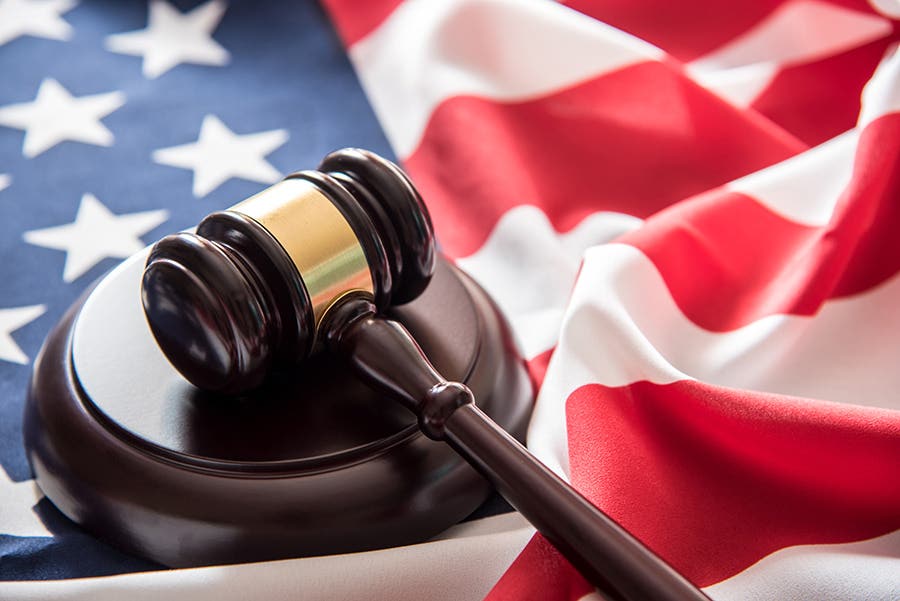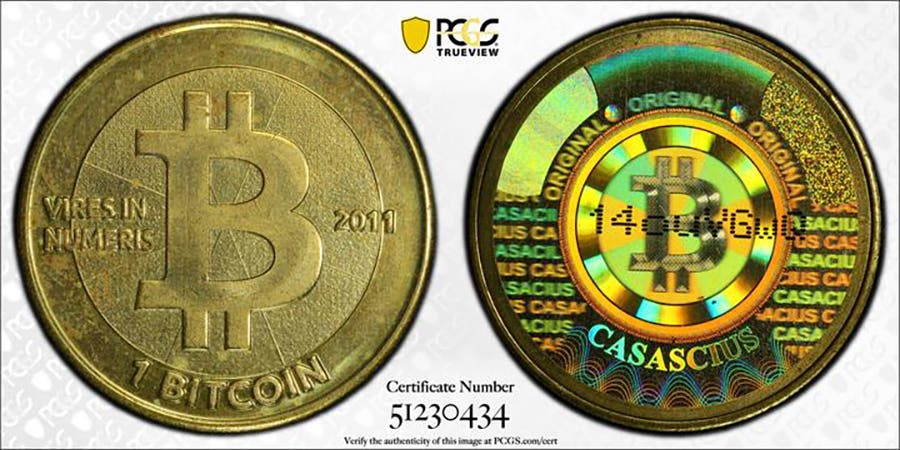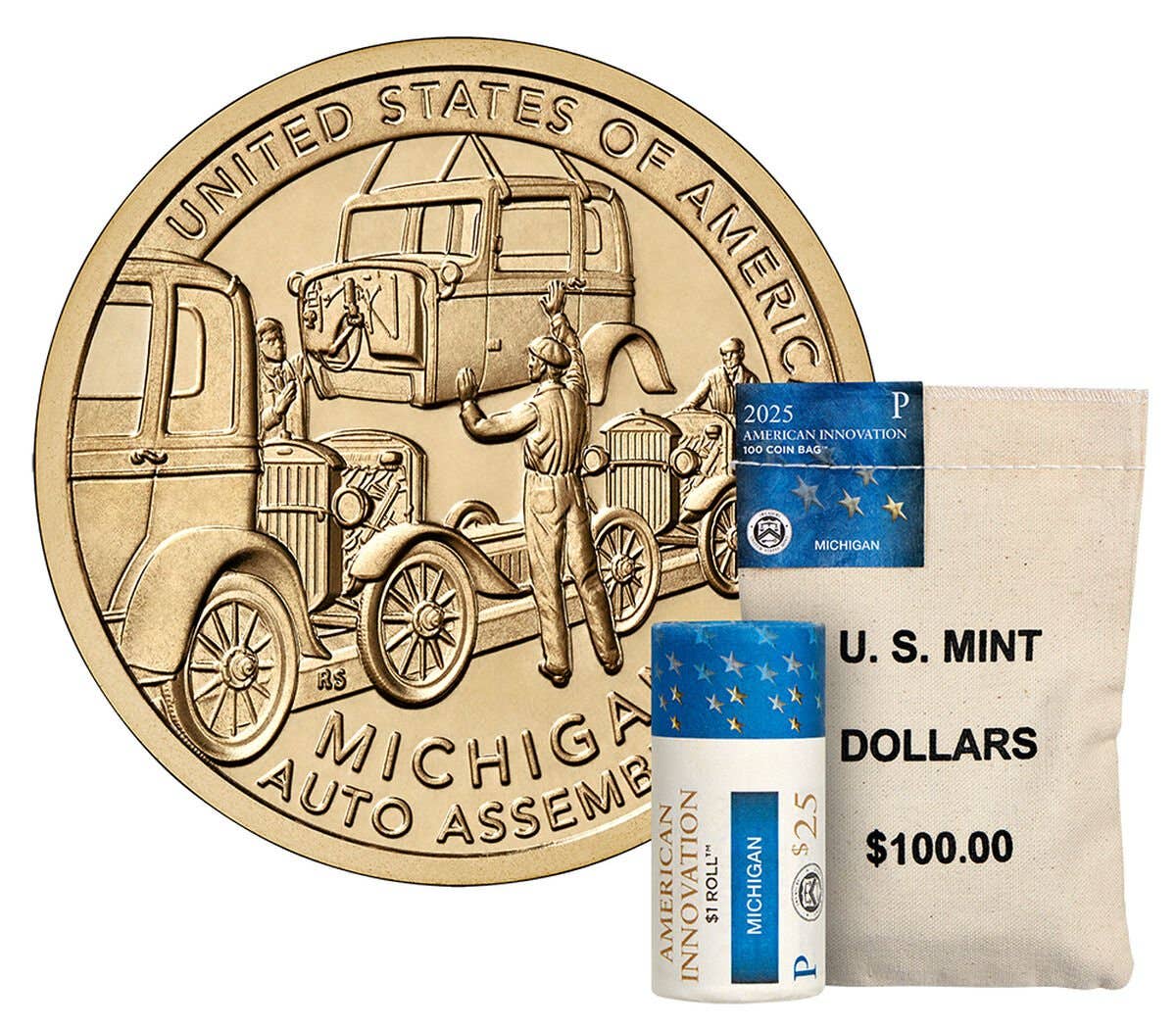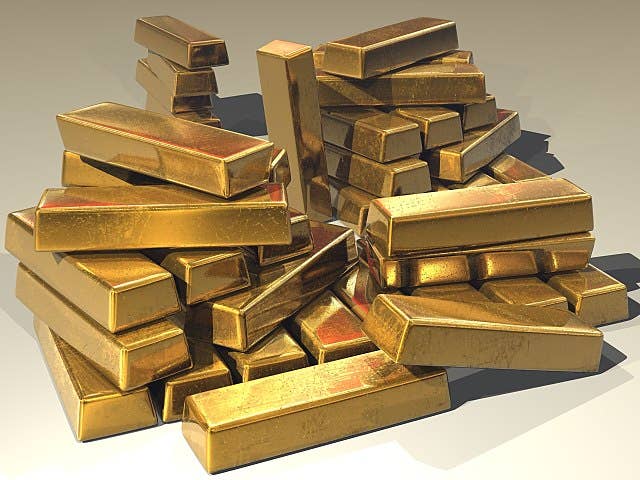Are There Too Many Mints Today?
As new mints emerge and established ones expand, the question arises: are we minting too much?
The Pobjoy Mint on the Isle of Man began striking coins in 1965. It struck its final legal tender coinage in October 2023. The end of operations coincided with the retirement of Taya Pobjoy, who had managed the mint since 1998. Is it possible that the explosion of new government and private mints may have discouraged a potential new owner from wanting to continue Pobjoy’s operations?
In recent years, several mints have been established or re-established to take advantage of collector interest in modern non-circulating legal tender (NCLT) coins. Many of these new issues trade on the basis of their precious metal content or at premiums well above metal value.
Today, you can find new issue coinage struck in a wide variety of shapes, metals, three dimensions or with something attached. There are several minor countries willing to accept royalty payments in return for authorizing technical legal tender status to such items.
Some former government mints are now privately owned but continue operating as issuers of legal tender coinage. The former British branch mint in Perth, Australia, was revived under ownership by the government of Western Australia. It concluded a contract with the Australian national government to be able to issue legal tender Australian coins that depict a variety of animals native to that country along with other themes.
Another example is the Holy Land Mint, which was initially created as a government mint in Israel in 1958, producing legal tender commemorative coins. It was privatized in 2008 where it now strikes its own non-legal tender bullion and commemorative issues plus distributes legal tender commemorative coins issued by the Bank of Israel.
Or consider the Malta Mint. It was operated by the Central Bank of Malta from 1972 to 1995. It initially struck coins in Rome, then began production in Malta in 1973. After the mint closed, subsequent coins were struck at the Royal Mint in the United Kingdom, the Royal Dutch Mint, and the Royal Belgian Mint.
Upon gaining independence from U.S. trust territory status in 1986, the Marshall Islands signed contracts with a few different U.S. companies to strike coins alleged to be legal tender in the Marshall Islands, even though U.S. coins and currency are the only circulating legal tender in that nation.
When I visited the Marshall Islands Treasury Department in 1997, the official explained that the government would redeem such coins but only to the original purchasers who had their purchase receipt, subject to a maximum limit of two coins or $10 face value per day and a redemption fee of 50% percent of face value plus 50 cents per coin. I was shown the file to prove that redemptions were possible, but I only saw three receipts going back several years.
There are also mints considered to be private corporations, yet they are wholly owned by the national governments. The Royal Dutch Mint was established in 1567 but became an independent commercial company in 1994 with the Netherlands government as sole shareholder. The Royal Canadian Mint was previously a British branch mint. It is now a Crown corporation solely owned by the Canadian government.
Then there are privately owned mints, some of which have names that may lead someone to think they are government-owned or controlled, such as the New Zealand Mint. The legal tender coinage and currency for New Zealand is produced by the Royal Mint in the United Kingdom and the Royal Canadian Mint. The New Zealand Mint has licenses to legal tender coin issues for countries such as Niue and Cook Islands, but most of its issues are produced by private companies in North America.
Many private fabricators in the U.S. may use the term “mint” in their brand name, but they do not have the authority to issue legal tender coinage. Sunshine Mint is the dominant provider of planchets to the U.S. Mint to strike legal tender U.S. silver Eagle dollars but does not strike these coins.
With so many “mints” in operation today, a collector or investor needs to carefully determine whether the products being offered are actually circulating legal tender coins, non-circulating legal tender coins, or privately issued medals or ingots. This is especially true for any precious metals issues that are offered at significant collector premiums above their intrinsic metal value.
Answer to the Previous Trivia Question
Last week, I asked: What was the connection between Anthony de Francisci, designer of the U.S. Peace dollar, and the model who posed for Liberty on that coin? How was it possible for the U.S. Mint to strike these coins without Congressional sanction?
The answer to the first question is the model was de Francisci’s wife.
The answer to the second question is that the production of silver dollars was required under the Pittman Act of 1918 (sponsored by Senator Key Pittman [D-Nevada]). This legislation had multiple provisions. First, it authorized the melting of up to 350 million standard silver dollars to be cast into bullion to sell to Great Britain at $1 per ounce, which was above the world spot price but below the U.S. government’s stated value for silver coinage. It also required the retirement of the same face value of Silver Certificates to be temporarily replaced with Federal Reserve Bank Notes that were not redeemable on demand for silver. Finally, the same number of silver dollars that were melted were to be replaced by purchasing new silver output from American silver mines to strike into new standard silver dollars.
The actual number of silver dollars converted into bullion was 270,232,722. Consequently, 270,232,722 new silver dollars were struck among 1921 Morgan and among all Peace dollars. The next effect of this maneuvering was to help bail out Great Britain for its costs of conducting World War I and to provide a federal subsidy to the U.S. silver mining industry by paying them an above market price for silver.
This Week’s Trivia Question
How many 1849 $20 Liberty double eagles exist?
Come back next week for the answers.
Patrick A. Heller was honored as a 2019 FUN Numismatic Ambassador. He also received the American Numismatic Association 2018 Glenn Smedley Memorial Service Award, the 2017 Exemplary Service Award, the 2012 Harry Forman National Dealer of the Year Award, and the 2008 Presidential Award. Over the years, he has also been honored by the Numismatic Literary Guild (including twice in 2020), the Professional Numismatists Guild, the Industry Council for Tangible Assets, and the Michigan State Numismatic Society. He is the communications officer of Liberty Coin Service in Lansing, Mich., and writes “Liberty’s Outlook,” a monthly newsletter on rare coins and precious metals subjects. Past newsletter issues can be viewed at www.libertycoinservice.com. Some of his radio commentaries, "Things You ‘Know’ That Just Aren’t So,” and “Important News You Need To Know,” can be heard at 8:45 a.m. Wednesday and Friday mornings on 1320-AM WILS in Lansing (which streams live and becomes part of the audio archives posted at www.1320wils.com).
You may also like:








